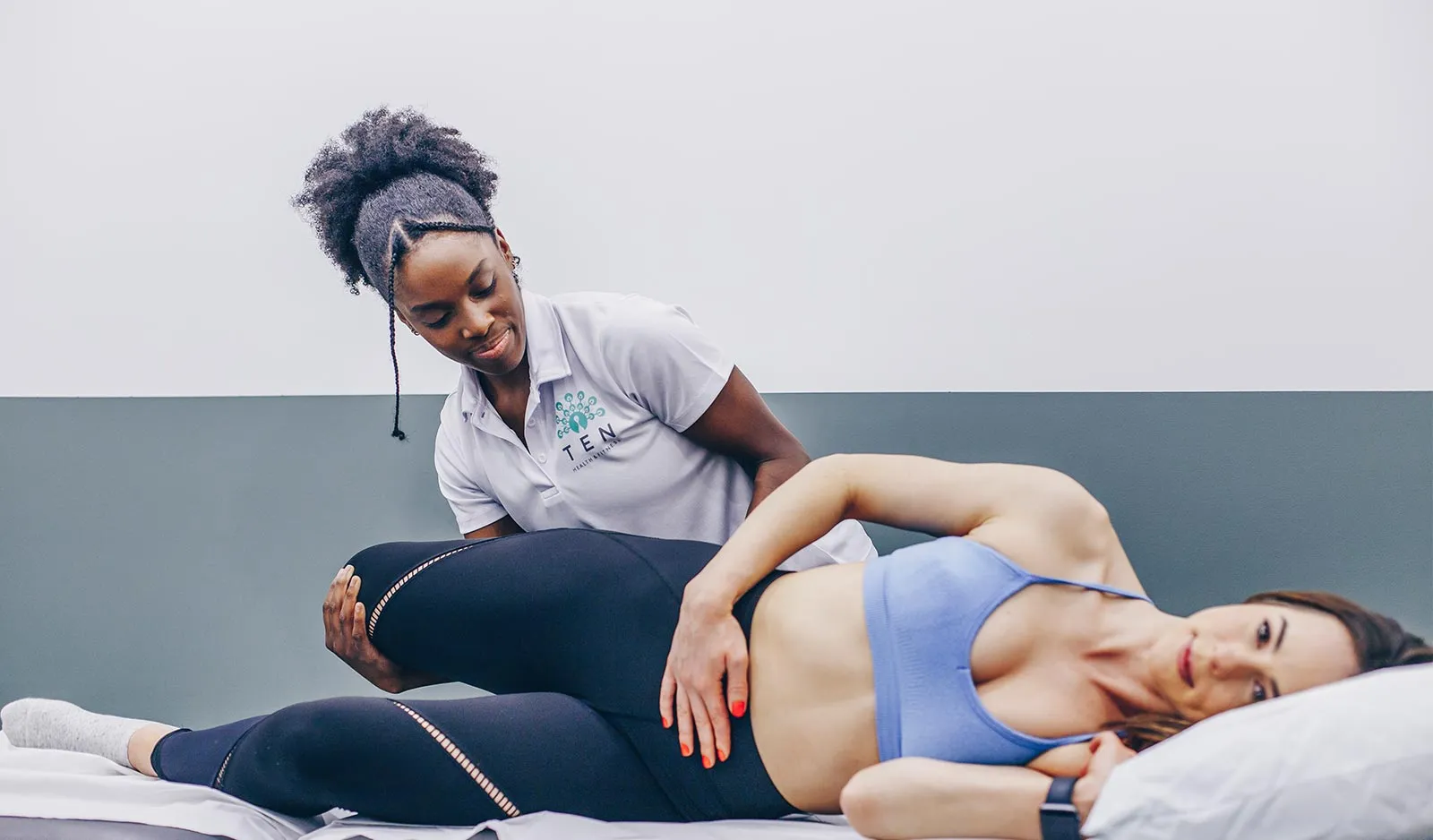Physiotherapy is a powerful, non-invasive approach to healing and improving physical function. Whether recovering from an injury, managing chronic pain, or enhancing mobility, physiotherapy offers tailored treatments to meet individual needs. If you’re new to physiotherapy, understanding the common techniques and what to expect during your sessions can help ease any concerns and set realistic expectations.
What Is Physiotherapy?
Physiotherapy, also called physical therapy, focuses on restoring movement and function through various evidence-based methods. It’s commonly used for rehabilitation after injuries, surgeries, or illnesses and to prevent future physical problems.
Common Physiotherapy Techniques You Might Experience
1. Manual Therapy
Manual therapy involves hands-on techniques where the physiotherapist manipulates muscles, joints, and soft tissues. This can include massage, mobilization, and manipulation to reduce pain, improve circulation, and increase flexibility.
- What to expect: Gentle or firm pressure applied to targeted areas. You may feel relief from stiffness and improved range of motion.
2. Exercise Therapy
Exercise therapy is central to physiotherapy and involves customized exercises to strengthen muscles, improve balance, and enhance endurance.
- What to expect: Guided movements, stretching, strength training, and balance exercises tailored to your condition.
3. Electrotherapy
This technique uses electrical energy to stimulate muscles and nerves, reduce pain, and promote healing. Common types include TENS (Transcutaneous Electrical Nerve Stimulation) and ultrasound therapy.
- What to expect: You’ll feel mild electrical pulses or gentle ultrasound waves on the affected area, which are usually painless and relaxing.
4. Heat and Cold Therapy
Applying heat can relax muscles and increase blood flow, while cold therapy reduces inflammation and numb pain.
- What to expect: Warm packs or cold compresses applied for short durations during your treatment.
5. Hydrotherapy
Hydrotherapy uses water exercises and treatments, often in a pool, to aid rehabilitation with less strain on joints.
- What to expect: Therapeutic exercises performed in warm water, which supports your body and reduces impact.
6. Postural and Gait Training
Improving posture and walking patterns helps reduce pain and prevent injury. Your physiotherapist will assess and correct how you stand and move.
- What to expect: Assessments of posture and walking followed by exercises and tips to improve alignment.
How to Prepare for Your Physiotherapy Session
- Wear comfortable clothing that allows movement.
- Bring any previous medical reports or imaging results.
- Arrive a few minutes early to discuss your goals and concerns.
- Be ready to actively participate and ask questions.
Benefits of Physiotherapy
- Reduces pain and inflammation
- Speeds up recovery from injury or surgery
- Improves mobility and strength
- Prevents future injuries
- Enhances overall physical function and quality of life
Conclusion
Physiotherapy is a versatile and effective treatment that combines various techniques tailored to your unique needs. By understanding the common methods used and knowing what to expect, you can approach your therapy sessions with confidence and motivation. If you’re experiencing pain or mobility issues, consult a qualified physiotherapist to begin your path to recovery and wellness.

